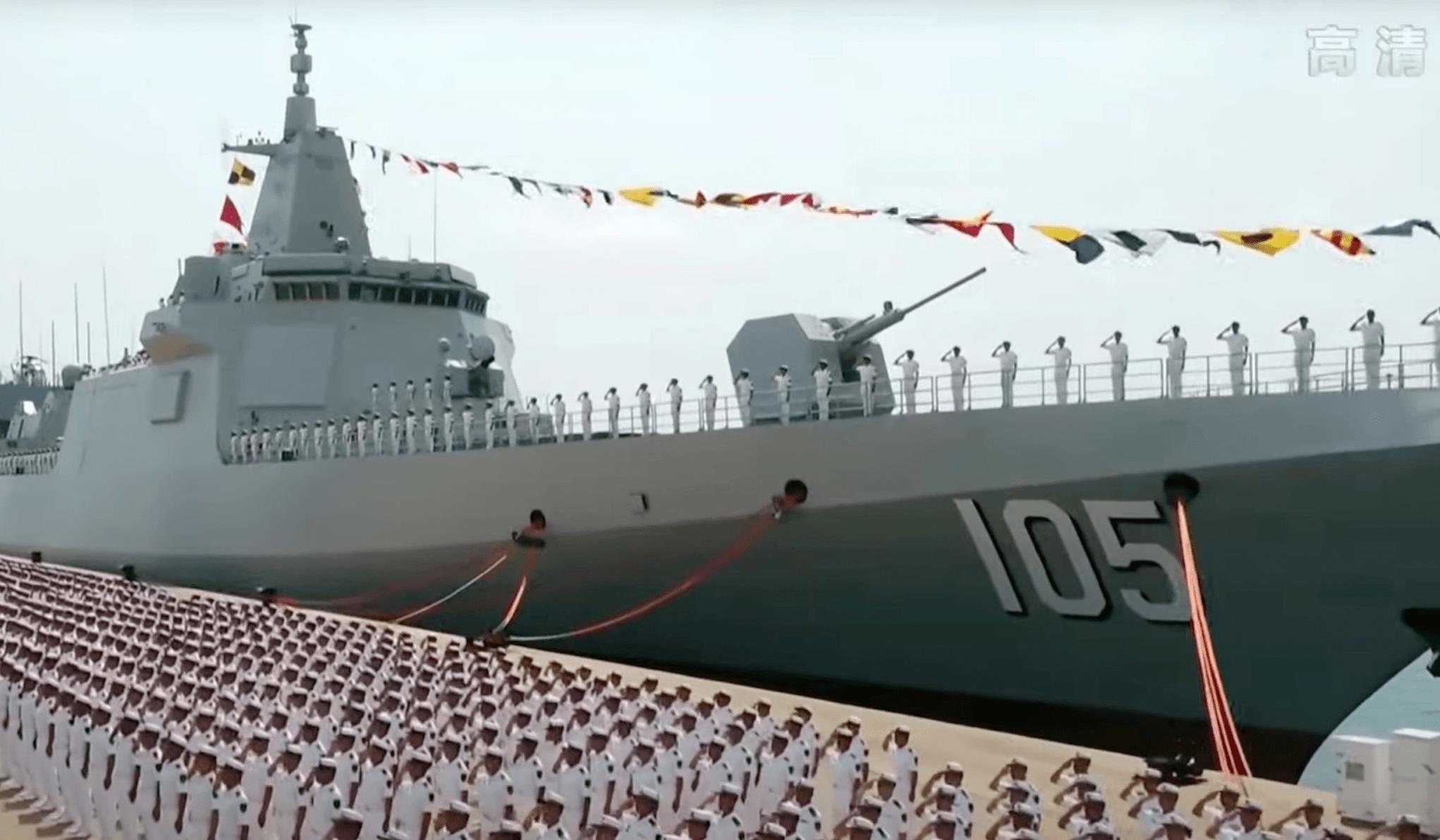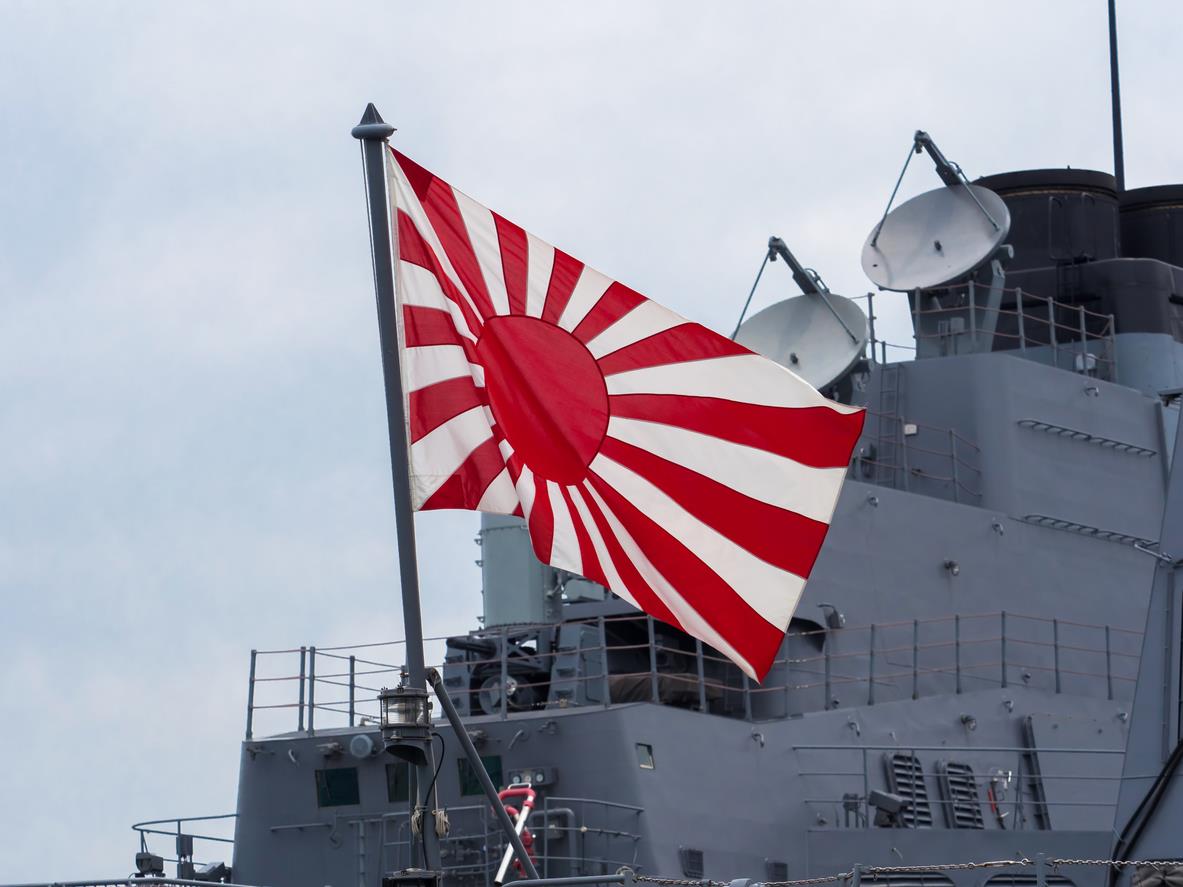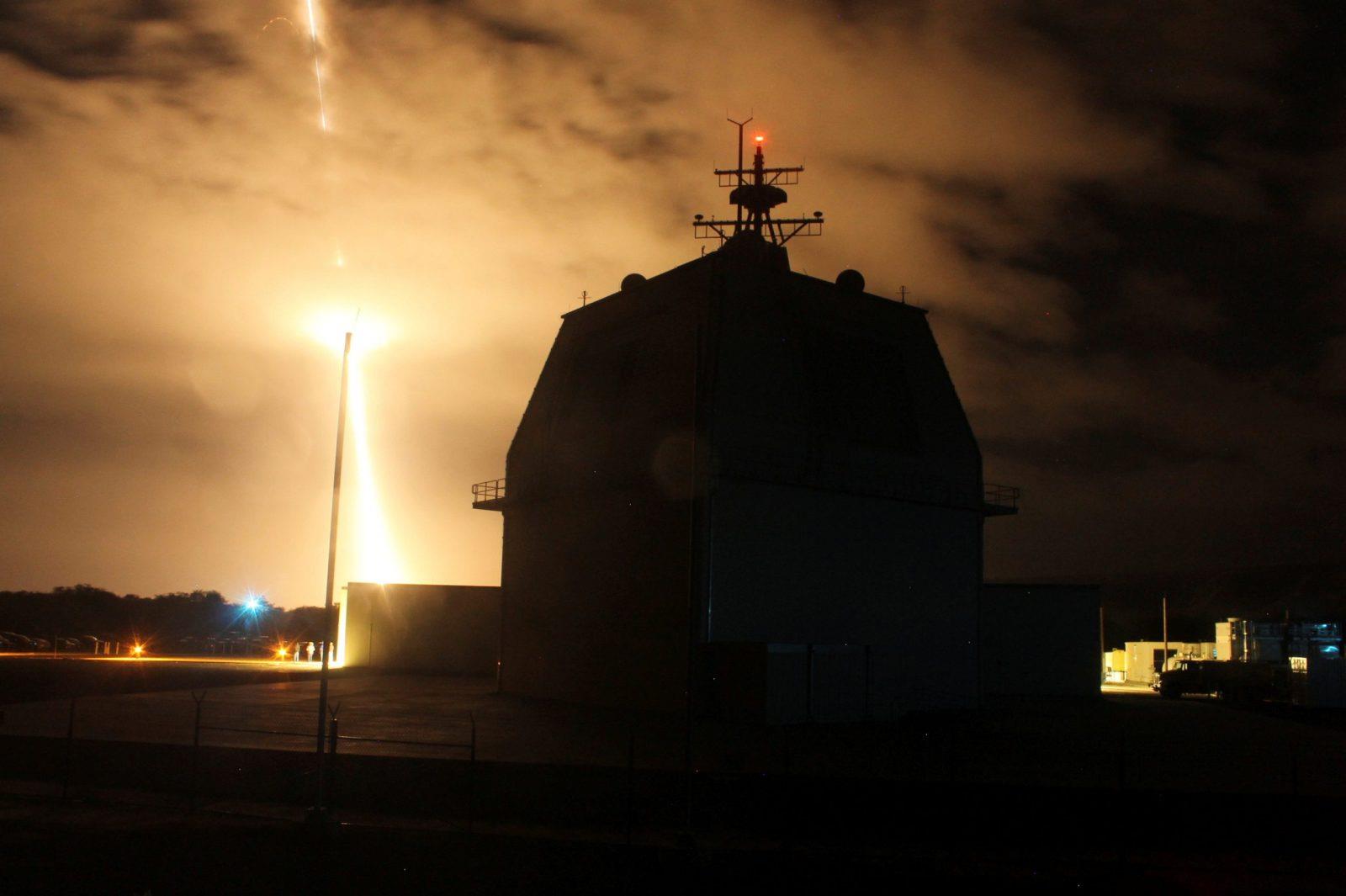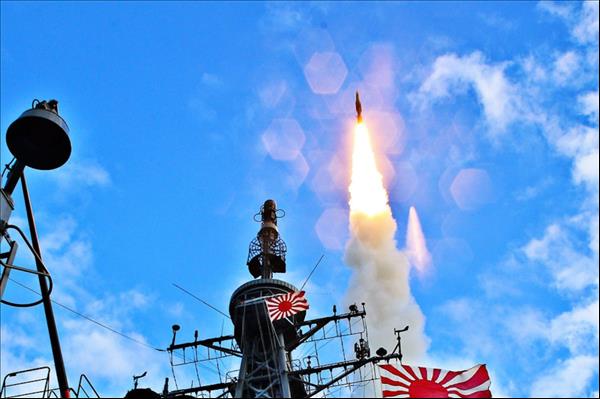
Japan's Aegis Ashore Destroyer Plan Is Full Of Holes
In a surprising policy reversal, Japan is mulling an unprecedented upgrade of its missile defense systems against hypersonic missile threats from China and North Korea. Whether it will be money militarily well-spent, however, is in question.
Japan's Ministry of Defense (MOD) says it plans to spend US$7.1 billion on a sea-based version of the Aegis Ashore system, a seeming reversal of its 2020 decision to scrap the land-based version of the missile defense system.
Asahi Shimbun reports that Japanese defense ministry officials are considering a specialized destroyer for the Aegis Ashore system in their 2024 fiscal budget plans. The destroyer would be comparable in size to an aircraft carrier, with a draft blueprint calling for a 20,000-ton warship, with 210 meters from stern to bow and a maximum width of 40 meters.
The source notes that Japan plans to have two of these destroyers, with an estimated cost of 1 trillion yen ($7.1 billion). If built, the destroyers would be the largest vessels in the Japan Maritime Self Defense Forces (JMSDF), substantially larger than the Maya-class destroyers and Izumo-class helicopter carriers currently in service.
The Asahi Shimbun report says that the Maya-class has a displacement of 8,200 tons, 170 meters long, and 21 meters wide, while the Izumo-class displaces 19,950 tons, is 248 meters long and 38 meters wide.
Japan's planned missile defense destroyers would also be larger than China's Type 55 cruisers, the largest non-carrier surface combatant in the Pacific region. According to Naval News , China's Type 55 cruisers displace 13,000 tons and are 180 meters long and 20 meters wide.

A Chinese Type 55 guided-missile destroyer has been commissioned to the South China Sea Fleet of the PLA Navy. Photo: Twitter.
Japanese Defense Minister Yasukazu Hamada said in a September 2 news conference that it“was extremely important as the nation moved to fundamentally bolster its defense capabilities over the next five years,” emphasizing that the warships are critical to Japan's defense.
He said that building a destroyer of such proportions is the only way to mitigate its swaying at sea, as the Aegis Ashore system tracks and intercepts missile threats.
Other items planned but not specified in monetary terms in the 2024 fiscal budget include radar and other technologies to track ballistic and hypersonic missile threats.
Asahi Shimbun notes that there was no request for the construction of the missile defense destroyers in the 2023 budget, as the design is still reportedly in its infancy.
Japan is also planning to upgrade its existing missile defense systems to detect and intercept hypersonic missiles, including from enhanced radar sires and more early warning aircraft, Asahi Shimbun reported in a separate August article .
The article also said that MOD is endeavoring to upgrade the Japan Aerospace Defense Ground Environment missile intercept system to more effectively operate Japan's two-stage missile defense, alongside acquiring more interceptor missiles.
In a 2020 article , Nikkei noted that Japan's two-stage missile shield consists of Aegis-equipped warships that can intercept ballistic missiles in their midcourse phase and Patriot PAC-3 surface-to-air (SAM) batteries that can shoot down missiles during their re-entry phase.
Apart from building passive missile defenses, Japan is also planning to develop offensive missile capabilities that can strike China and Russia, as reported by the South China Morning Post this month .
Japan said in late August that it would develop and mass-produce a cruise and high-speed ballistic missile to deter China and Russia.
The South China Morning Post article also notes that Japan's MOD asked for spending to be increased to $39.8 billion, a figure which could rise after factoring in other defense programs.

Japan's Ministry of Defense wants bigger budgets for its naval capacities vis-a-vis China and North Korea. Photo: iStock
Asia Times has previously reported on Japan's plans to point 1,000 long-range cruise missiles against China, potentially reversing its pacifist foreign policy in place since the end of World War II.
These missiles would be modified from Japan's existing land-based Type 12 anti-ship missiles, increasing their range from 100 to 1,000 kilometers. The upgrades would also allow them to be launched from ships and fighter planes and can be based in Japan's Southwest Islands and Kyushu.
China and North Korea's recent missile tests may have spurred Japan's shift to acquire offensive strike capabilities against their missile arsenals. Beijing and Pyongyang have substantial numbers of missiles pointed at Japan, with China having 1,900 ground-launched cruise missiles and 300 intermediate cruise missiles capable of striking Japan. North Korea also has hundreds of ballistic missiles that threaten Japan.
Five Chinese missiles landed in Japan's exclusive economic zone (EEZ) as part of large-scale military drills launched in heated response to US Secretary of State Nancy Pelosi's visit to Taiwan.
The source also notes that while China's missile tests were primarily intended to warn the US and Taiwan, they also served as a veiled threat to Japan, as some of its far-flung islands were between the missile exercise areas.
In its 2022 Defense Review , Japan also expressed concern about Russia's increasing reliance on its nuclear arsenal and growing strategic cooperation with China.
Japan is concerned that could result in a surge of Russian military activity near the disputed Kuril Islands, including through more overflights of combat aircraft, naval incursions and the stationing of more missile batteries and troops on the islands.
All in all, though, Japan's plans to construct large missile defense destroyers may be based on shaky military logic. One obvious flaw is that the proposed ships will be equipped with the same Aegis Ashore system that Japan rejected in 2020.
Asia Times has previously noted that Japan's Aegis and Patriot missile defenses cannot defend against ballistic missiles fired in a highly-lofted trajectory. This technique involves firing ballistic missiles at higher angles, resulting in an extremely high terminal velocity that undermines the effectiveness of any existing missile defense system.
In a highly-lofted trajectory missile attack, missile defense radars often lose track of their targets as they reach their apex and only regain tracking after it's too late for interceptor missiles to hit.
Also, as interceptor missiles are flying against gravity, it is harder for them to intercept constantly-accelerating hostile missiles in their terminal phase.
Nikkei notes that it is challenging to maintain Aegis-equipped destroyers on stations around-the-clock compared to land-based sites that can be held at constant readiness.

A land-based Aegis Ballistic Missile Defense weapon system test in Kauai, Hawaii. Photo: US Missile Defense Agency / Handout / Leah Garton
As a result, Japan's proposed large missile defense destroyers may soon run into the same operational readiness problems besetting its Aegis destroyer fleet, which would seemingly defeat the purpose of its earlier decision to cancel its acquisition plans for Aegis Ashore.
Moreover, survivability will also be an issue with Japan's proposed large missile defense destroyers. If built, these ships will undoubtedly be priority targets for China and North Korea's anti-ship missiles and hypersonics.
In 2021 , the Center for Strategic and International Studies (CSIS) think tank said that China has 750-1,500 short-range ballistic missiles (SRBM), 150-450 medium-range ballistic missiles (MRBM) and 80-160 intermediate-range ballistic missiles (IRBM).
Felix Chang, a senior defense analyst with the Foreign Policy Research Institute (FPRI) , notes that the DF-21D and DF-26 are commonly thought to have an anti-ship capability. China's DF-21D has a range of 1,500 kilometers, while the DF-26 has a range of 4,000 kilometers.
Chang also mentions that China has fitted its DF-21Ds with maneuverable warheads guided with terminal seekers, compensating for slightly inaccurate targeting data.
Asia Times has previously reported on China's practice of missile strikes against mock-ups of US and Taiwanese warships in the Taklamakan Desert.
The test site's configuration, remote location and impact craters on the targets indicate that the tests were meant for China's hypersonic anti-ship ballistic missiles, which pose a significant threat to US and allied warships in the Pacific region, including the Aegis Ashore specialized destroyers Tokyo apparently intends to build.

Legal Disclaimer:
MENAFN provides the
information “as is” without warranty of any kind. We do not accept
any responsibility or liability for the accuracy, content, images,
videos, licenses, completeness, legality, or reliability of the information
contained in this article. If you have any complaints or copyright
issues related to this article, kindly contact the provider above.


















Comments
No comment